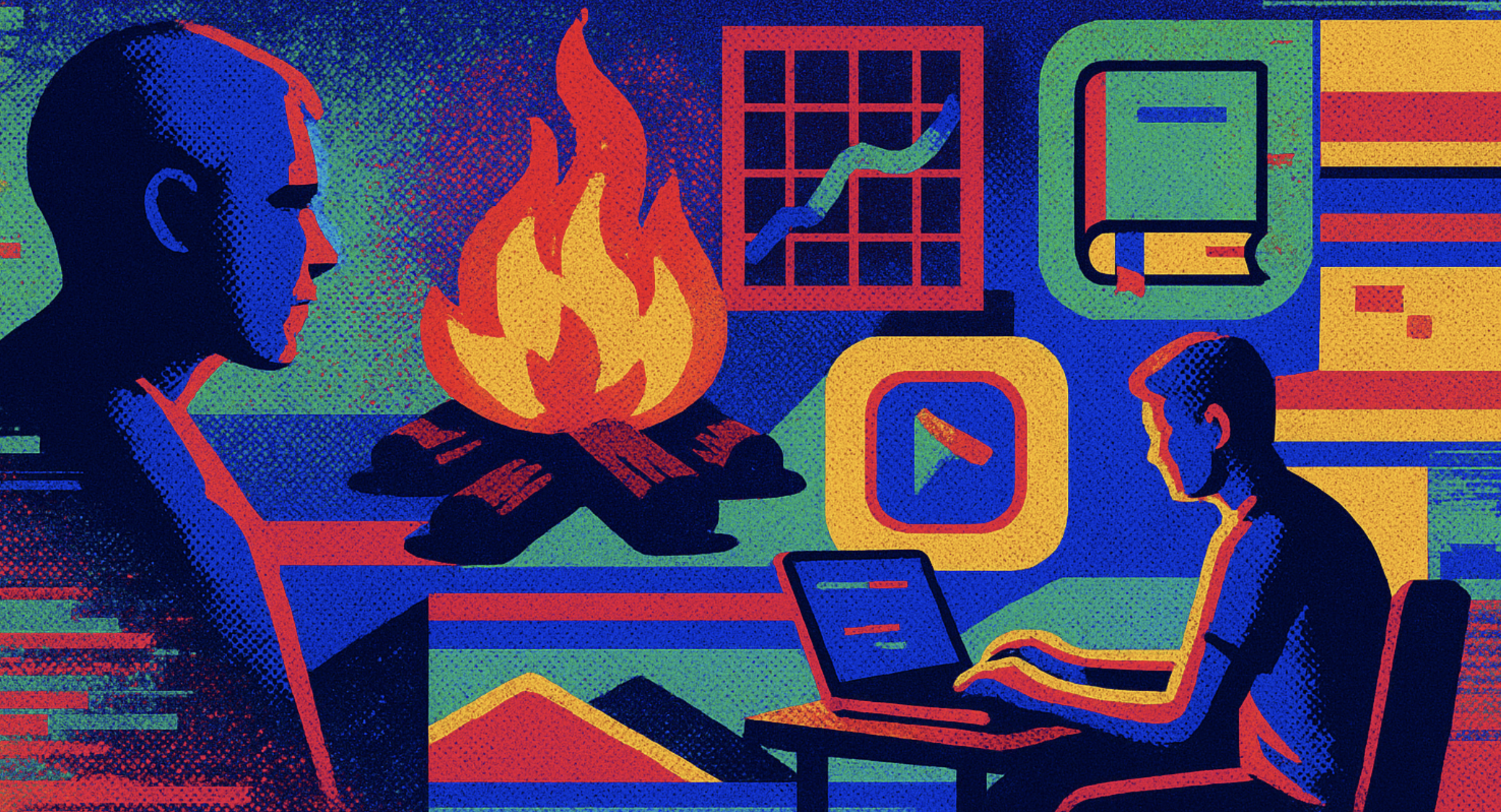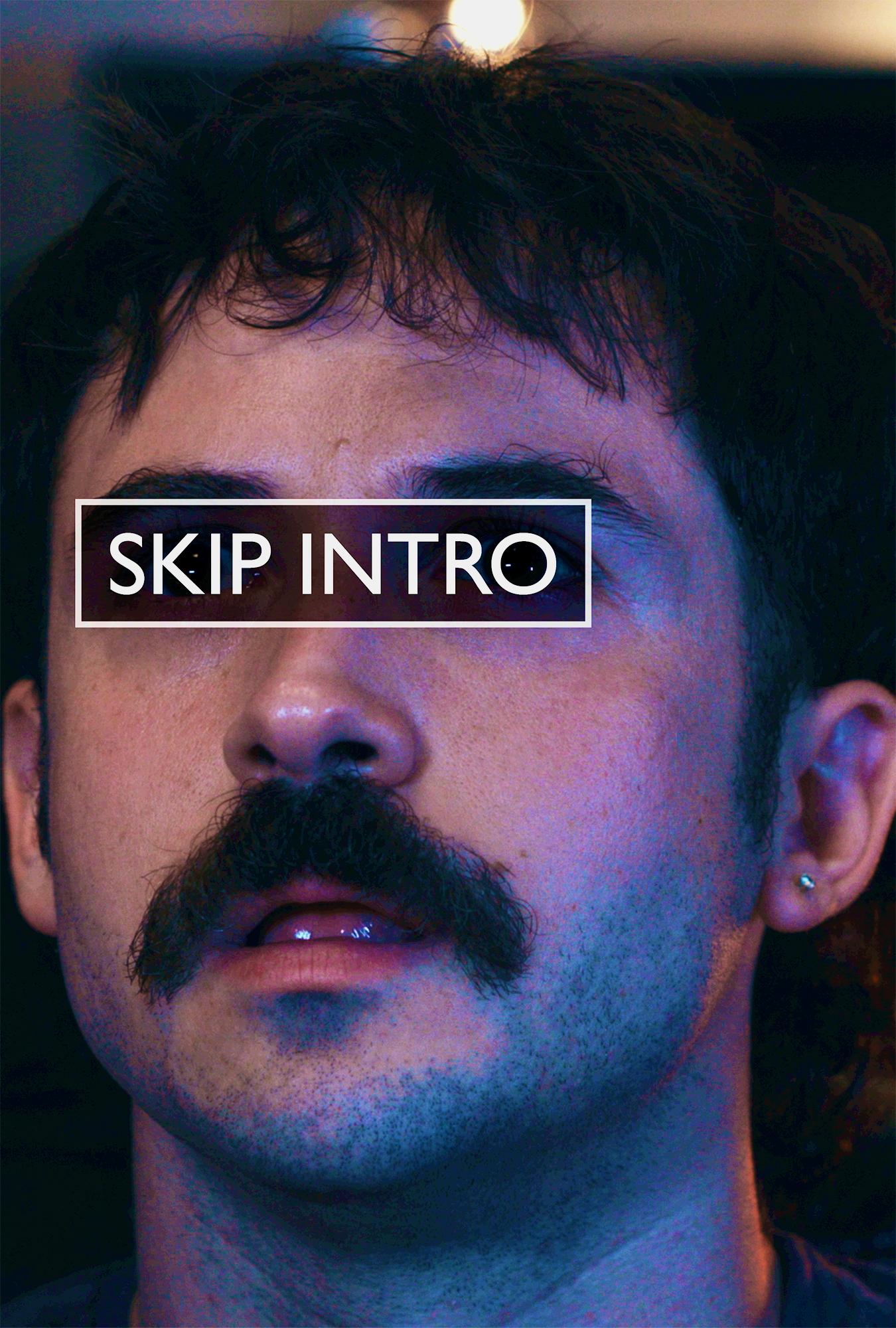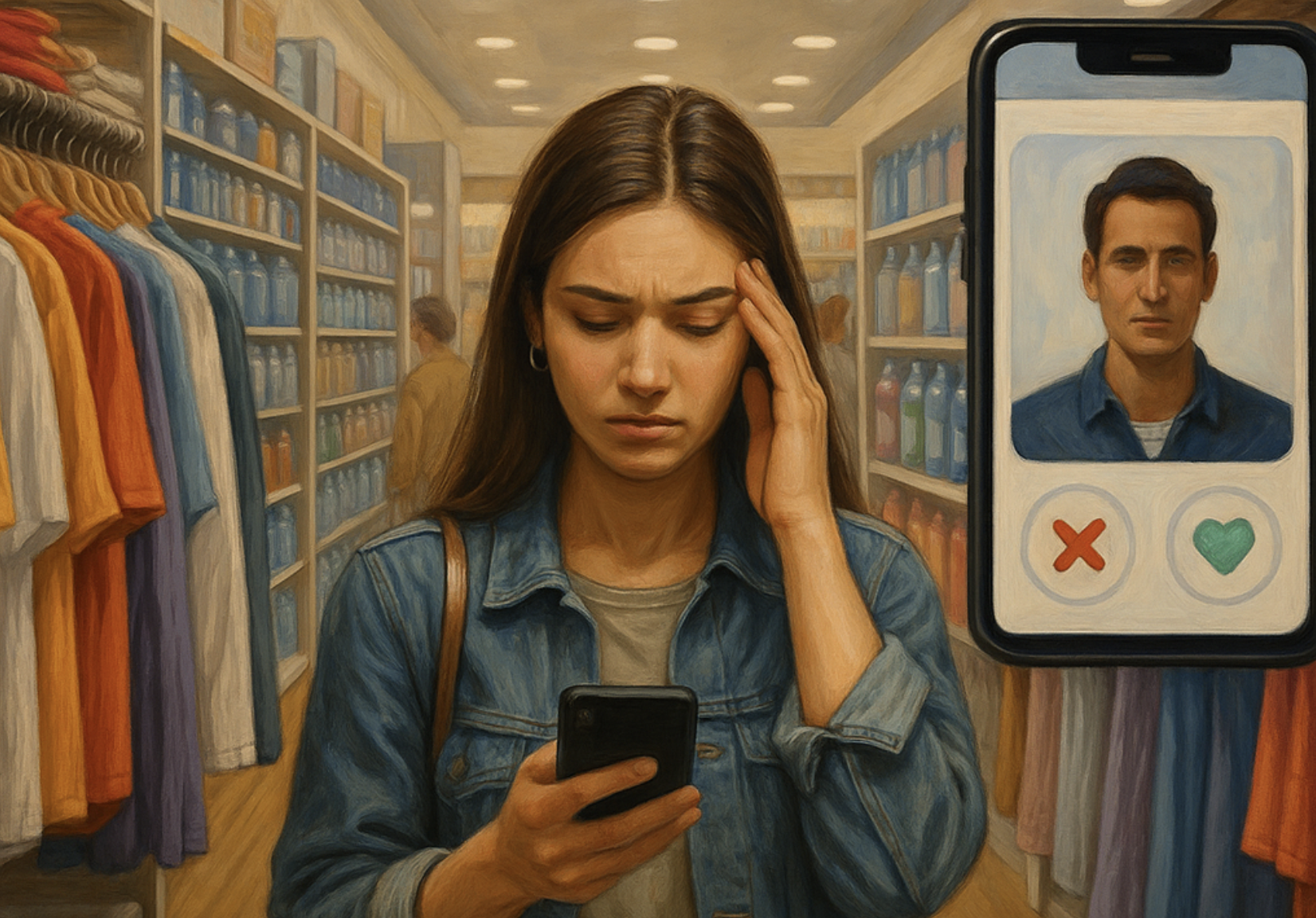
•
10 min read
Hypernormalization: A Small Rebellion Against Autopilot
I recently came across an article in The Guardian about hypernormalization, a term coined by Alexei Yurchak and later popularized in the West by Adam Curtis’s documentary HyperNormalisation. It describes that strange, familiar feeling: knowing the world isn’t fine… that institutions are cracking, the climate crisis is accelerating, the social fabric is fraying, and yet continuing with our routines as if everything were normal.
It’s the surreal effect of maintaining structure in the middle of collapse. Scroll, coffee, meetings, memes, groceries. Repeat.
So what is hypernormalization?
It’s a kind of collective dissonance. A shared trance where dysfunction has become so common, so embedded, that it stops triggering a response. We know something’s off, but looking directly at it feels too overwhelming, so we don’t.
Digital anthropologist Rahaf Harfoush captured it perfectly: “Am I crazy, or is everyone asleep?” Giving that feeling a name was a relief. Because once something is named, it’s no longer just personal discomfort. It becomes a shared experience, and that changes everything.
Designing to interrupt the trance
As a designer, I couldn’t help but ask: what role can design play in all of this? How do we shake ourselves (and others) out of autopilot?
Maybe the first step is to name what we’re feeling. Language is a form of design. When we give shape to something blurry or uneasy, we create a small but meaningful friction against inertia. We invite others in.
I also believe in design as interruption. Not everything needs to be functional or solve a problem. Sometimes it’s enough to make someone pause. To laugh. To feel weird. Like that absurd pink baguette holder by Gustaf Westman I mentioned in a previous post, or like Chindōgu, the Japanese practice of designing “almost useful” objects that serve no purpose other than to make us stop and ask: why?
In moments like these, absurdity becomes critical. It creates room for reflection.
That’s why I think design now must also be emotional, cultural, and political. We need more than functional buttons or sleek products. We need symbols, gestures, and visual experiences that make us feel again. That snap us out of the scroll and remind us that normal doesn’t always mean right.
Toward a design that reawakens
The article suggests three pathways for breaking this collective freeze:
Reconnect with real communities. Move conversations beyond the feed, into local, tangible spaces with clear purpose.
Cultivate collective action. Not heroic individuals, but small acts shared: signing, donating, speaking, listening.
Tell new stories. Narratives that help us imagine possible futures. That go beyond self-care and offer new symbolic and political streets to walk down.
From a strategic design perspective, that means expanding our focus. Designing not just products, but questions. Not just tools, but cultural momentum.
Today, “business as usual” is its own form of collapse. Which is why the kind of design I care about no longer chases efficiency alone but it creates something: a crack, a question, a shared feeling, a new possibility.





